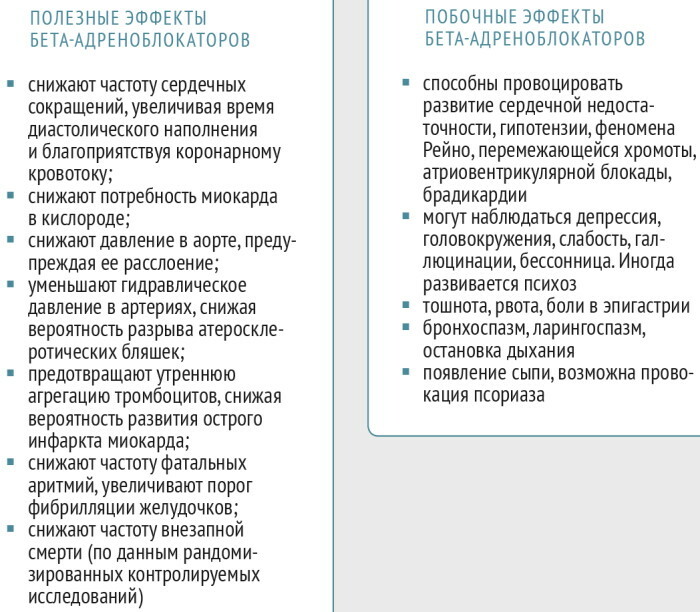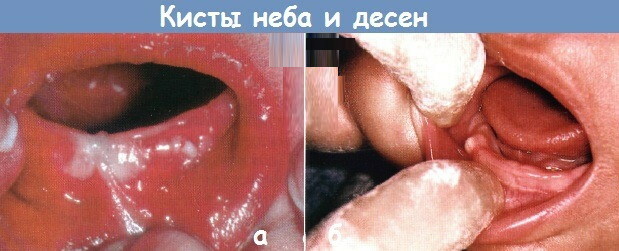The first mention of such liver injury appeared in the scientific literature in the middle of the XX century. Then I used the term "lupoid hepatitis." In 1993, the International Group for the study of disease pathology suggested the current name.

What it is?
Autoimmune hepatitis - an inflammatory disease of the liver parenchyma unclear etiology (cause), accompanied by appearance in a body of a large number of immune cells (gamma-globulins, autoantibodies, macrophages, lymphocytes, etc.).
Causes of
It is believed that women are more likely to suffer from autoimmune hepatitis; with peak incidence between the ages of 15 and 25 years of age or menopause.
The pathogenesis of autoimmune hepatitis is production of autoantibodies that target liver cells - hepatocytes. Causes of unknown; theories to explain the occurrence of the disease, based on the assumption that the effect of genetic predisposition and triggering factors:
- infection with hepatitis viruses, herpes;
- alteration (damage) of the liver tissue bacterial toxins;
- receiving drugs that induce an immune response or alteration.
Start disease may be caused as a single factor, and their combination, but the combination of triggers for heavier promotes rapid progression process.
forms of the disease
Allocate autoimmune hepatitis type 3:
- It occurs in about 80% of cases, more often in women. Characterized classical clinical (lupoid hepatitis), ANA- presence and concomitant immune SMA-antibodies pathology in other organs (autoimmune thyroiditis, ulcerative colitis, diabetes, and others.) over sluggish without violent clinical manifestations.
- Clinical manifestations are similar to those of hepatitis type I, the main distinguishing feature - detecting SLA / LP-antibodies to the soluble antigen liver.
- Has a malignant course, prognosis is poor (at the time of diagnosis of cirrhosis of the liver revealed already at 40-70% of patients), also occurs more frequently in women. Characterized by the presence in the blood LKM-1 antibodies to cytochrome P450, LC-1 antibodies. Extrahepatic immune manifestations are more pronounced than with I type.
Currently, the existence of autoimmune hepatitis type III is being questioned; It serves not treat it as a separate form, and as a special case of type I disease.
The division into types of autoimmune hepatitis is of no clinical significance, representing more the degree of scientific interest, since it does not entail a change in terms of diagnostic measures and tactics treatment.

Symptoms of autoimmune hepatitis
The manifestations are non-specific: there is no sign that uniquely classify it as an accurate symptom of autoimmune hepatitis. Starting disease usually gradually, with such common symptoms (sudden opening occurs in 25-30% of cases):
- headache;
- a slight increase in body temperature;
- yellowing of the skin;
- flatulence;
- fast fatiguability;
- general weakness;
- lack of appetite;
- dizziness;
- heaviness in the stomach;
- pain in the right upper quadrant and left;
- enlarged liver and spleen.
With the progression of the disease in the later stages are observed:
- pale skin;
- lowering blood pressure;
- pain in the heart;
- redness of the palms;
- appearance telangiectasias (spider veins) on the skin;
- acceleration of heart rate;
- hepatic encephalopathy (dementia);
- hepatic coma.
The clinical picture is complemented by symptoms related pathologies; most often it is migrating pain in muscles, joints, sudden fever, skin rash makulopapuloznaya. Women may have a complaint about a violation of the menstrual cycle.
Diagnostics
Diagnostic criteria for autoimmune hepatitis are serologic, biochemical and histologic markers. According to the international criteria of autoimmune hepatitis can talk if:
- level of γ-globulins and IgG exceeds normal values by 1.5 or more times;
- significantly increased level of AST, ALT;
- no history of blood transfusion, taking hepatotoxic drugs, alcohol abuse;
- not detectable in the blood markers of active viral infections (hepatitis A, B, C, etc.);
- Antibody titers (SMA, ANA and LKM-1) for adults above 1:80; for children greater than 1: 20.
Liver biopsy with morphological examination of tissue sample reveals a picture of chronic hepatitis with the signs of marked activity. Histological signs of autoimmune hepatitis are bridges or stepped parenchymal necrosis, lymphoid infiltration of plasma cells with an abundance.
Treatment of autoimmune hepatitis
The therapy is based on the use of corticosteroids - drugs, immunosuppressants (suppressing immunity). This allows to reduce the activity of autoimmune reactions that destroy the liver cells.
Currently there are two regimens autoimmune hepatitis: combined (+ prednisone azathioprine) monotherapy (high dose prednisone). Their efficiency is about the same, the two schemes can achieve remission and improve survival rates. However, combination therapy is characterized by a low incidence of side effects which is 10%, while the treatment with prednisolone alone, this figure comes to 45%. Therefore, good tolerability of azathioprine first embodiment is preferable. Especially a combination therapy is indicated for women and elderly patients suffering from diabetes, osteoporosis, obesity, increased nervous excitability.
Monotherapy given to pregnant women, patients with various tumors, suffering severe cytopenia (shortage of certain types of blood cells). When the course of treatment, not to exceed 18 months, significant side effects were observed. During treatment dose prednisolone gradually decreases. Duration of treatment of autoimmune hepatitis is from 6 months to 2 years, in some cases, therapy is lifelong.

Surgery
The disease can be cured by surgery alone, which is to transplantation (transplant) liver. Operation is quite serious and poorly tolerated by patients. There is also quite a number of dangerous complications and inconveniences caused by organ transplant:
- the liver can not settle down and be rejected by the body, even though the constant reception of medications that suppress the immune system;
- chronic administration of immunosuppressive poorly tolerated by the body, as you can get sick of any infection, even the most during this period SARS commonplace, which can result in conditions of depressed immunity to develop meningitis (inflammation of the meninges), pneumonia, or sepsis;
- transplanted liver can not perform its function, and then develop acute liver failure, and death occurs.
Another problem is to find a suitable donor, it may take even a few years and it is not worth the small money (about $ 100 000).
Disability in patients with autoimmune hepatitis
If the development of the disease led to cirrhosis of the liver, the patient has the right to appeal to the Bureau of ITU (the organization that carries out medical and social expertise) in order to confirm the presence of changes in the body and get help from state.
If the patient due to a medical condition forced to change their place of work, but may take a different position with lower pay, he is supposed to a third group of disability.
- When the disease takes a broken-recurrent course, the patient observed: human liver moderate and severe, limiting the ability to self-service, work performance is possible only in special working conditions, with the use of assistive technology, whereas a person relies second group disability.
- you can get the first group if the disease progresses rapidly and the patient is severe liver failure. Efficiency and the patient's ability to self-lowered so that the patient's medical records, doctors write about complete inability to work.
Work, live and treat this disease is possible, but it is still considered to be very dangerous, as its causes are not yet fully understood.

preventive measures
Autoimmune hepatitis can only be secondary prevention, which is to carry out activities such as:
- regular visits to a gastroenterologist or hepatologist;
- constant monitoring of the level of activity of liver enzymes, immunoglobulins and antibodies;
- adherence to a special diet and gentle treatment;
- restriction of emotional and physical stress, intake of various drugs.
Timely diagnosis, properly designated medication, herbal folk remedies, preventive measures and compliance doctor's instructions will provide an opportunity to the patient with a diagnosis of "autoimmune hepatitis" effectively deal with this dangerous to life and health disease.
Forecast
If untreated, the disease progresses steadily; Spontaneous remission does not occur. The end result is autoimmune hepatitis cirrhosis and hepatic failure; 5-year survival is 50%.
With timely and clear the therapy can be achieved remission in the majority of patients; wherein the survival within 20 years is more than 80%. Liver transplantation provides results comparable with drug achieved remission: a 5-year forecast is favorable in 90% of patients.



